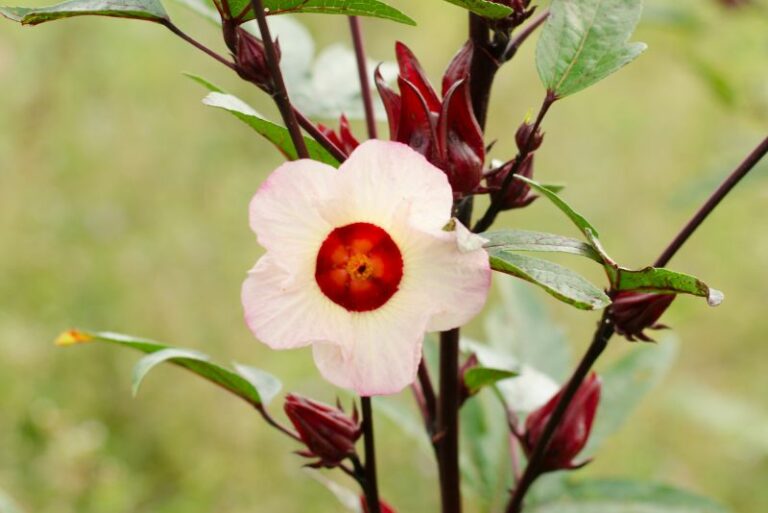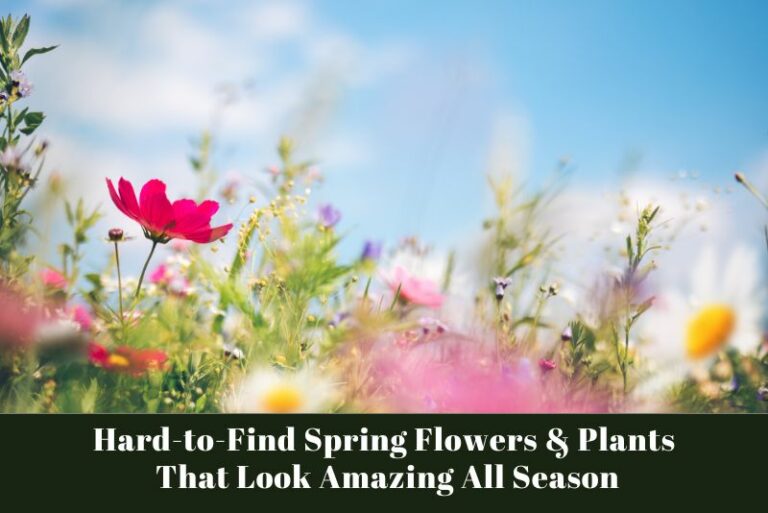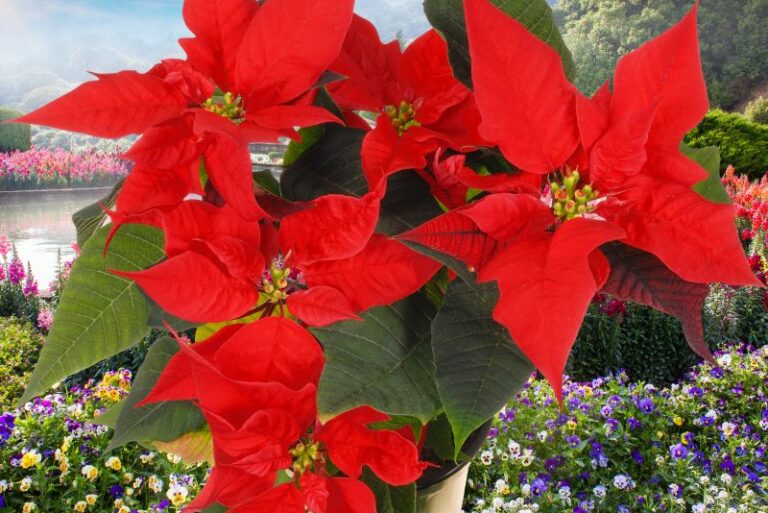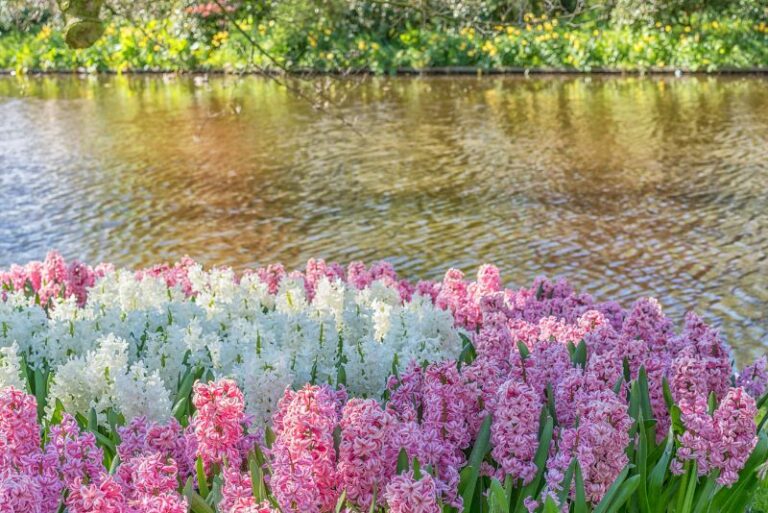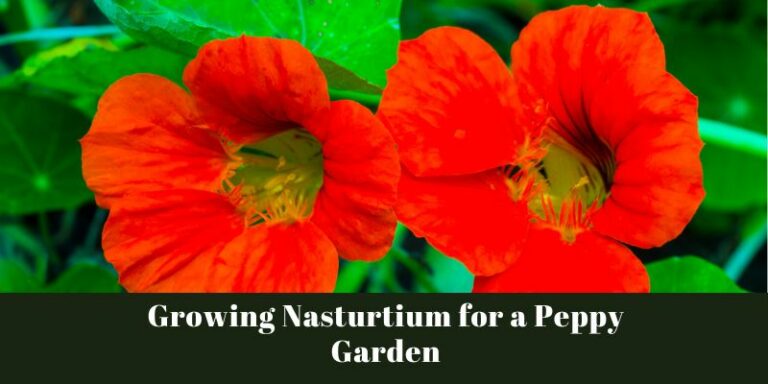How to Grow Wallflowers: A Blossoming Guide for Every Gardner
In the waltz of gardening, wallflowers rarely take the spotlight, yet they are the steadfast partners that add depth and resonance to a garden’s narrative. If you’re looking to compose a botanical symphony in your backyard, then learning how to nurture these delicate yet resilient blooms is a must. The term “wallflower” might conjure images of shy and retiring individuals, but in the natural world, wallflowers are anything but understated. Their vibrant colors and sweet scents are capable of transforming any patch of earth into a tableau of joy.
For green-thumbed enthusiasts, budding gardeners, and home decorators drawn to the allure of these plants, this in-depth guide is designed to steer you through the process of cultivating wallflowers. From selecting the right varieties to championing your flora against the pitfalls of pests and disease, you’ll be equipped with the knowledge to foster a wallflower garden that not only flourishes but also becomes the star of the show.
The Charms of Wallflowers
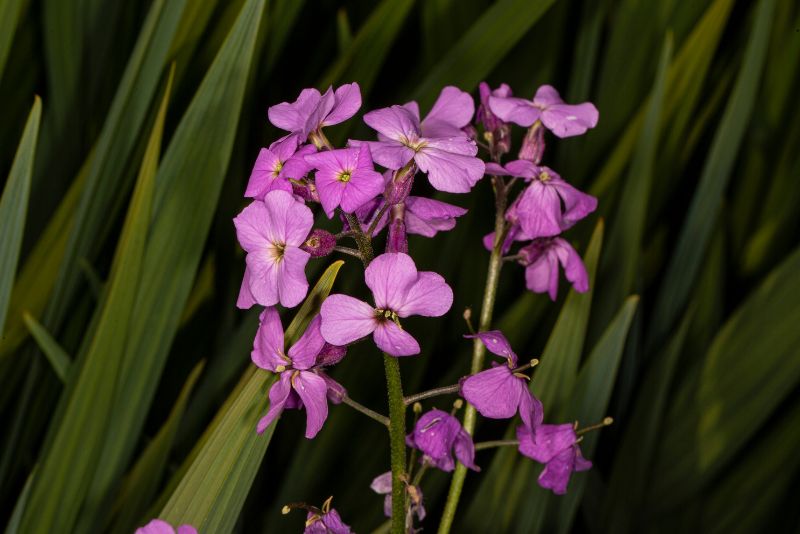
To understand the appeal of wallflowers is to perceptively identify the subtle elegance they bring to any setting. With their slender petals reaching out in a gentle invitation and a fragrance that resonates with contentment, wallflowers captivate without demanding attention. These plants are often associated with being adaptable, a metaphor for growth in the most unlikely of places, and seasonally enduring. They mirror the human spirit—a quiet achiever, a soft voice in a noisy world, and a life force that endures through the ebb and flow of time.
Choosing the Right Varieties
Long-term Love or Seasonal Fling: Annual vs. Perennial
Before you sow, consider the time commitment you’re willing to invest. Annual wallflowers, such as the Virginia stock, offer a burst of color for a single growing season. Perennials like the Bowles Mauve, however, are more like lifelong companions, returning year after year with a renewed bounty.
Sunlight and Soil Requirements: Making the Perfect Match
Wallflowers seek a relationship with the sun, yearning to bask in at least six hours of it each day. They thrive in loose, well-drained soil that offers good aeration and is preferably slightly alkaline. Amend the earth with lime to strengthen the bond between your wallflowers and their soil.
Planting and Caring Tips
Timing is Everything
Like planting any garden gem, timing affects a wallflower’s ability to grow strong and bloom brightly. Spring or early autumn plantings are optimal, allowing the plants to establish roots before winter or the summer heat.
Nurturing Through Nature: Watering and Fertilizing
Your wallflowers will flourish with a consistent watering schedule, especially during dry spells. Fertilize with a balanced, all-purpose plant food in the spring and, for perennials, after their first bloom to keep the nourishment steady.
A Botanical Haircut: Pruning and Deadheading
Deadheading spent blooms not only prompts a new flush of blossoms but also maintains a tidy appearance. A light pruning once the season ends will also encourage a healthy and robust next year’s growth for perennials.
Design Ideas with Wallflowers
Border Plantings: Setting the Scene
Utilize wallflowers along borders to create a gathering of hues and fragrances that paint a natural frame around your garden. Pair with taller plants at the back for a layered look that adds depth.
Container Gardening: Pint-sized Powerhouses
Wallflowers are excellent container plants, offering a burst of color to patios and porches without taking up much space. Mix and match various wallflower varieties with different bloom times to prolong the colorful display.
Companion Planting: Finding Harmony in the Garden Orchestra
Select companions whose needs and attributes complement those of your wallflowers. Violets, tulips, and daffodils share similar sunlight and soil requirements, while lavender and yarrow echo the charm of wallflowers.
Dealing with Common Issues
Pests and Diseases: The Uninvited Guests
Keep an eye out for aphids and caterpillars, the most common pests drawn to wallflowers. Physical barriers and natural predators can help control their population. For diseases, prevention is the best medicine—ensure good air circulation and avoid wetting the foliage.
Soil Management: Burying the Problems
Good soil is the bedrock of a healthy garden, and that includes warding off weeds that vie for your wallflowers’ affections and nutrients. Regular mulching and manual weeding sessions can fend off this green competition.
Conclusion
The growth of wallflowers mirrors our own; it starts small, often unnoticed, and with time and care, it flourishes into something breathtaking. The process of tending to wallflowers teaches patience, respect for the cycles of nature, and the beauty that comes from nurturing life. As you set out on this blooming venture, remember that every garden is a unique expression of its caretaker. Choose your wallflowers with intent, plant them with love, and watch as they turn the mundane into the marvelous.

